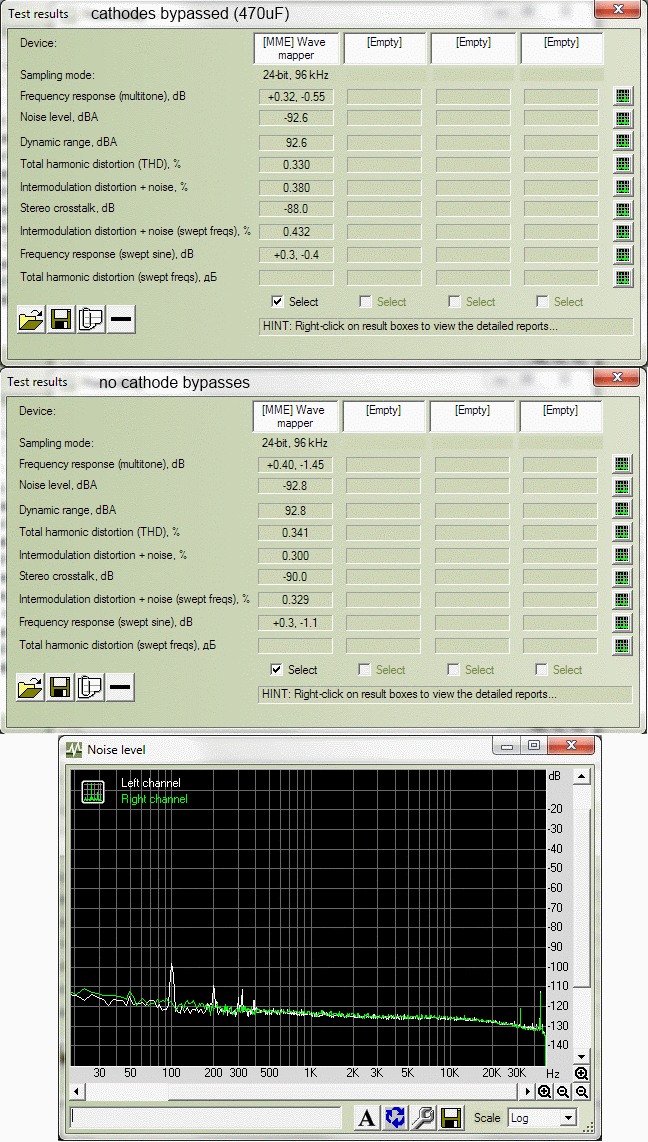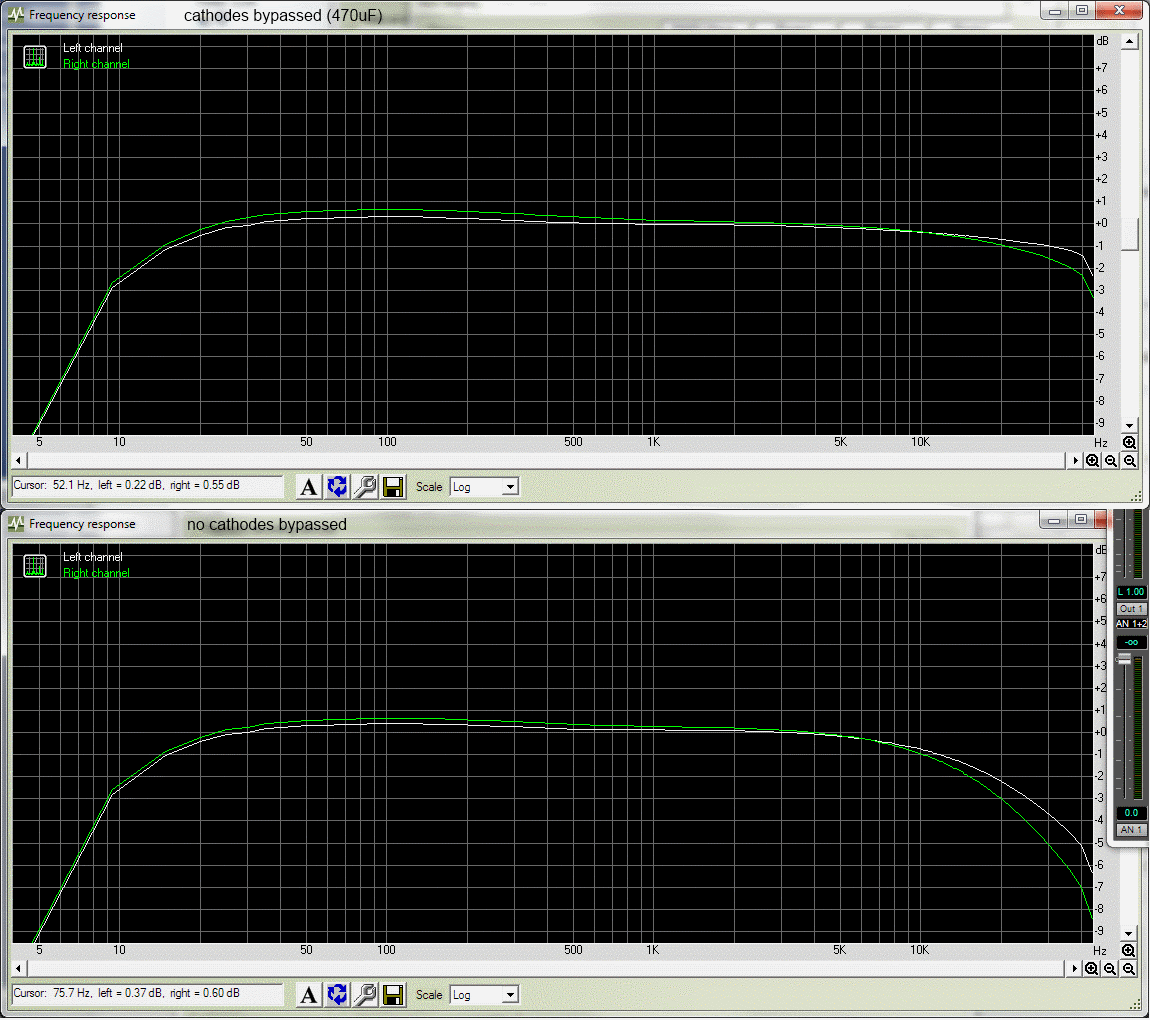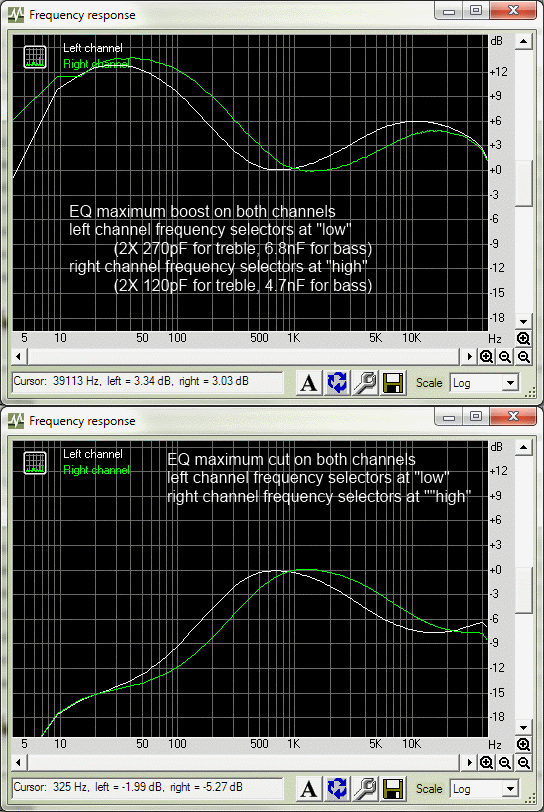I'm down to the last tweaks now and just about to wrap up the project.
See the first post of this thread for updated, and hopefully final schematic. But also check out the first PCB's uploaded for public viewing.
There is one strange issue that I'm still troubleshooting, and it only happens on right channel on this dual channel unit. They have both been built and measured (voltages/capacitance/resistances) identical. If I swap the PCB's and/or all pots and switches around, the problem still happens on the right channel!

See the latest schematic: http://www.michaelkingston.fi/files/Drive-1_schematic_rev1.9.pdf
Basically, If I have the full volume at output stage VR4, everything is fine. Step down volume some 3dB, and the channel starts to very slowly motorboating the volume. Other channel is always fine. The motorboating speed is somehow dependant on the amount of bass of test material. If I turn down volume further, the motorboat speeds up turning into a kind of warbling distortion. Turn down even more and it disappears.
This is with the cathode bypass cap switched out of the circuit (SW3B). It doesn't happen with the cathode bypass cap.
Now here's the strangest thing, if I measure voltage between ground (B-) and output tube V3B grid, the motorboating stops completely! Everything works and measures perfectly! It stops whether or not I have the grid stopper (GS) or R21 grid shunt installed. Just touch ground and grid with multimeter and the problem is gone.
What the heck does the multimeter do to make it stop?
Please help! I don't really feel like installing this in a rack with a whole multimeter inside. ???
Also, oscilloscope doesn't find anything strange either. Or I can't think any way I could use it to help find the culprit. Soon as I touch the grid with the oscilloscope, the problem is gone just the same as with the multimeter.
[edit]
I only need to actually touch the grid with the multimeter probe! I don't even need to touch the other side to anything at all, and the problem is gone!
AAAARRRRGGHH! who the heck are these magical spirit energies messing with my build?! :-\

























![Soldering Iron Kit, 120W LED Digital Advanced Solder Iron Soldering Gun kit, 110V Welding Tools, Smart Temperature Control [356℉-932℉], Extra 5pcs Tips, Auto Sleep, Temp Calibration, Orange](https://m.media-amazon.com/images/I/51sFKu9SdeL._SL500_.jpg)












